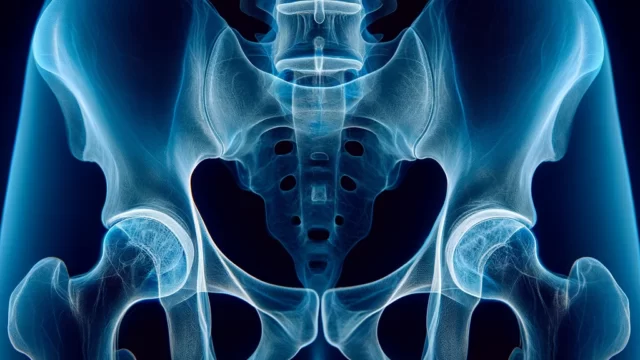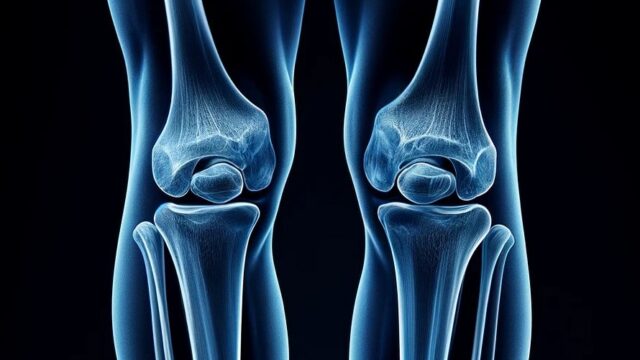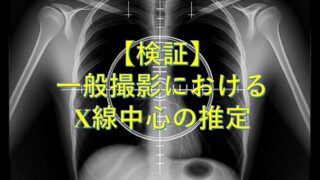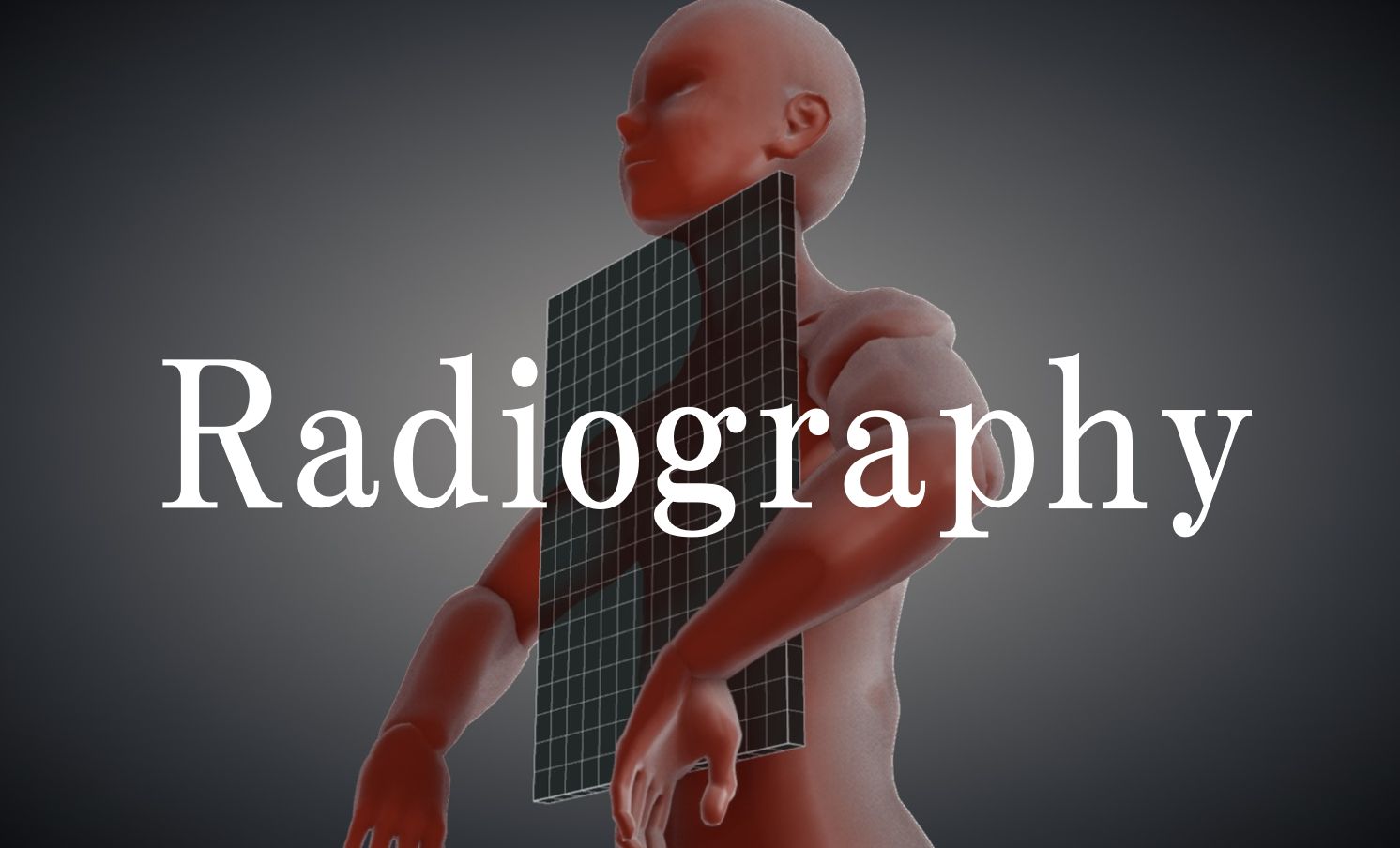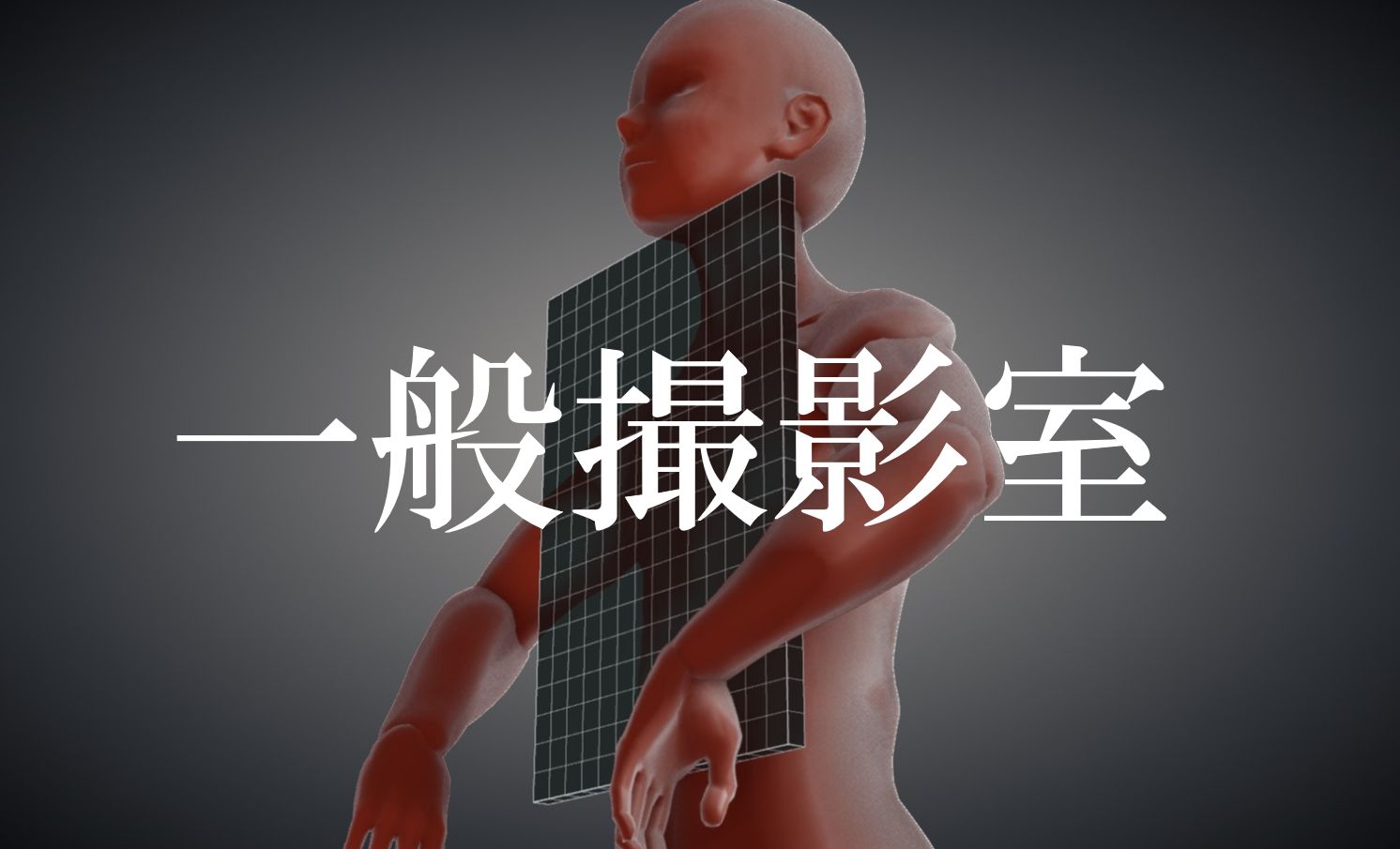Judet method
Teufel method
False profile view
Judet method, Hip joint/Pelvis AP oblique view
Purpose
Search for fractures of the acetabulum. If a fracture of the pelvic ring is suspected, the entire pelvis should be included.
Observe the pubic bone and ischii from both oblique positions.
In oblique position with the affected side away (45° internal rotation), observe the posterior border of the acetabulum and the pubic side.
In the oblique position with the affected side closer (45° external rotation), the anterior margin of the acetabulum and the sciatic side are observed.
Prior confirmation
Remove any obstacles.
Positioning
Both obliques (internal and external rotation) inclined at 45° from the supine position.
The line connecting both anterior superior iliac spine should be 45° to the bed.
In internal rotation, the affected side is away from the cassette; in external rotation, the non-affected side is away from the cassette.
Position the femoral head/acetabulum so that it is centered on the cassette.
CR, distance, field size
CR : Vertical incidence directed caudally two transverse fingers width and medially two transverse fingers width from the anterior superior iliac spine on the affected side.
Horizontal incidence is referred to as the Modified Judet method.
Distance : 100 cm
Field size : The area from the anterior superior iliac spine to 1/3 of the proximal femur, including the pubic bone and ischii on the affected side. When the entire pelvis is to be observed, the entire pelvis is included.
Exposure condition
Suspend respiration during exposure.
75kV / 25mAs
Grid ( + )
Image, check-point
Normal (Radiopaedia)
The acetabulum should be centered in the image and clearly delineated.
In internal rotation, the obturator foramen can be observed.
In external rotation, the iliac wing can be widely observed.
The hip joint gap should be bilaterally symmetrical projected in both oblique positions.
Videos
Related materials
Teufel method, Hip joint PA oblique view
Purpose
Search for fractures of the acetabulum (especially the superior posterior wall).
Prior confirmation
Remove any obstacles.
Positioning
Oblique position (35-40°) with the non-affected side away from the prone or standing position.
If prone, support and maintain the posture with the limb of the non-examining side.
Position the femoral head/acetabulum to the cassette is centered.
For oblique incidence in the caudo-cranial direction, position the lead foil of the grid parallel to the body axis.
CR, distance, field size
CR : Oblique incidence at 12° caudo-cranial to a point 2.5 cm cephalad of the greater trochanter on the examination side, 5 cm lateral to the mid-sagittal plane.
Distance : 100 cm
Field size : The area including the anterior superior iliac spine to 1/3 of the proximal femur, and the pubic bone and sciatic bone on the affected side.
Exposure condition
75kV / 25mAs
Grid ( + )
Suspend respiration during exposure.
Image, check-point
Normal
The acetabulum should be centered in the image and clearly delineated.
The hip joint gap can be observed.
Videos
Related materials
False profile method, Hip joint AP oblique view
Purpose
Measurement of VCA angle (ascertainment of anterior coverage) for diagnosis of acetabular dysplasia.
Lateral coverage is determined hip joint AP view.
A VCA angle of 25° or more is normal, and a VCA angle of 20° or less indicates acetabular dysplasia.
Observation of osteophytes, narrowing of joint cleft, osteosclerosis, cyst formation, bone head deformity, joint compatibility, etc.
Prior confirmation
Remove any obstacles.
Positioning
Standing position.
Oblique position at 65° with the affected side close to the patient.
Extend both lower extremities and place weight on the affected side.
The affected side foot reference line (line connecting the second toe and calcaneus) should be parallel to the cassette.
The foot of the non-affected side is perpendicular to the cassette (or externally rotated an additional 25° from it).
CR, distance, field size
CR : Vertical incidence into the cassette with the superior border of the pubic symphysis as the incidence point and the greater trochanter on the affected side as the ejection point.
Distance : 100 cm
Field size : The area from the anterior superior iliac spine to 1/3 of the proximal femur, including the femoral heads on both sides.
Exposure condition
80kV / 32mAs
Grid ( + )
Suspend respiration.
Image, check-point
Normal (Fig31-3)
VCA angle (Fig.2)
The acetabulum should be centered in the image and clearly delineated.
The hip joint articular gap can be observed.
The distance between the bilateral femoral heads should be 1/3 to 1 femoral head.
The VCA angle should be measurable.
*The VCA angle is the angle between the vertical line extending from the center of the femoral head and the two lines extending from the center to the anterior margin of the acetabular roof.
Videos
Related materials



























